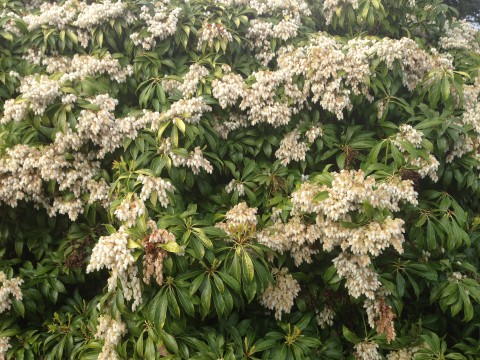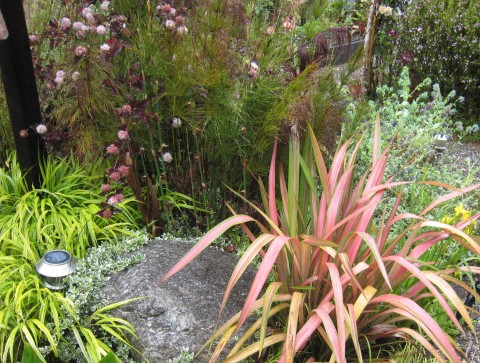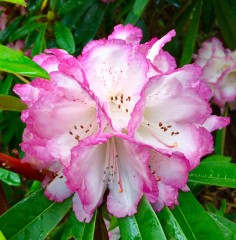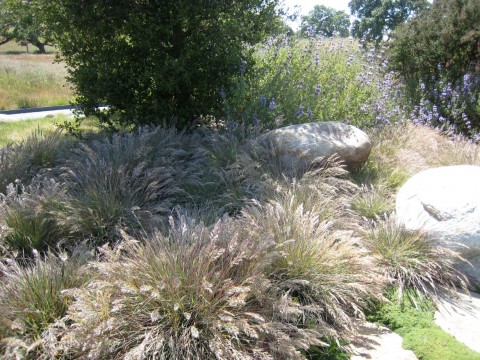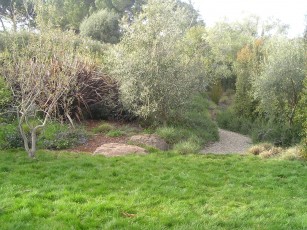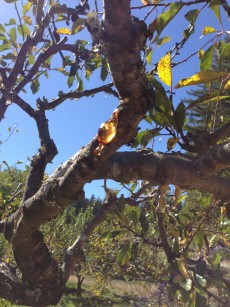
If you have a pet dog it’s no secret that they are always happy to see you. Dogs provide us with companionship. They love us unconditionally and never seem to have a bad day. Their ability to read human gestures is remarkable. Even our closest relatives- chimpanzees and bonobos- can’t read our gestures as readily as dogs can. They pay attention to us as human infants do. This accounts for the extraordinary communication we have with our dogs. Some dogs are so attune to their owners that they can read a gesture as subtle as a change in eye direction.

Studies have shown that dogs were the first animal that humans started keeping as pets. No one can pinpoint the exact date, but estimates range from roughly 13,000 to 30,000 years ago. Archaeologists can tell domesticated canines apart from wolves through skeletal differences. The earliest dog bones, discovered in Belgium in 2008 are from 31,700 years ago. Ancient dog skeletons have also been unearthed near Ukraine and elsewhere across Europe, Asia and Australia, suggesting that canine domestication was a widespread phenomenon.
How did dogs become domesticated in the first place? The first ones were basically just tame wolves. Instead of the survival of the leanest and meanest wolf it came down to survival of the friendliest around the garbage pile at the edge of human settlements. Aggressive wolves would have been killed by the humans. Friendliness caused strange things to happen in the wolves. They started to look different. They no longer needed strong jaws and sharp teeth. Their noses got smaller, their ears floppy and they evolved the ability to read human gestures.
Fast forward to 2016 when the California Dept of Food and Agriculture reported in their ‘Food and Farming News’ that dogs are being enlisted to help protect citrus trees. Mary Palm, the USDA Animal and Plant Health Inspection Service (APHIS) national coordinator for the citrus pest program, said dogs have been successfully trained to detect canker disease and now Huanglongbing or greening disease in citrus.
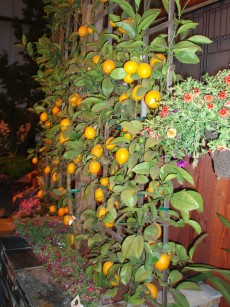
Huanglongbing or greening disease (HLB) is a deadly bacterial disease that has decimated the citrus industry across the world. The USDA has already spent hundreds of millions of dollars looking for a cure. In California, nearly one-third of the state’s entire land mass or 21 counties are in quarantine for the bug- the Asian citrus psyllid- that can spread the disease HLB in citrus groves. The quarantine requires that fruit moved from those areas be free of leaves and stems and movement is restricted of any nursery stock that isn’t grown in a USDA-approved facility. In addition to many Southern and Central California counties, San Fransisco, Alameda, San Luis Obispo, San Mateo and Santa Clara counties are also under quarantine.
Dogs have long been known to be able to use their senses to detect things that humans require extensive technology to detect. ?Over the past four to five years,”? Palm said, ?a researcher in Florida first determined dogs could actually detect citrus canker. They were very good at it.”? Through research funded by USDA, there are now five dogs trained and tested daily to detect huanglongbing disease. Palm said in the next year or two certification criteria will be in place for other companies to train dogs and certify them as detectors. The dogs in this program have a 99 percent success rate at detecting HLB disease in blind studies.
So when you’re petting man’s best friend tonight appreciate all the great things he does for you and for our planet. What would the world be like without lemons and oranges?

